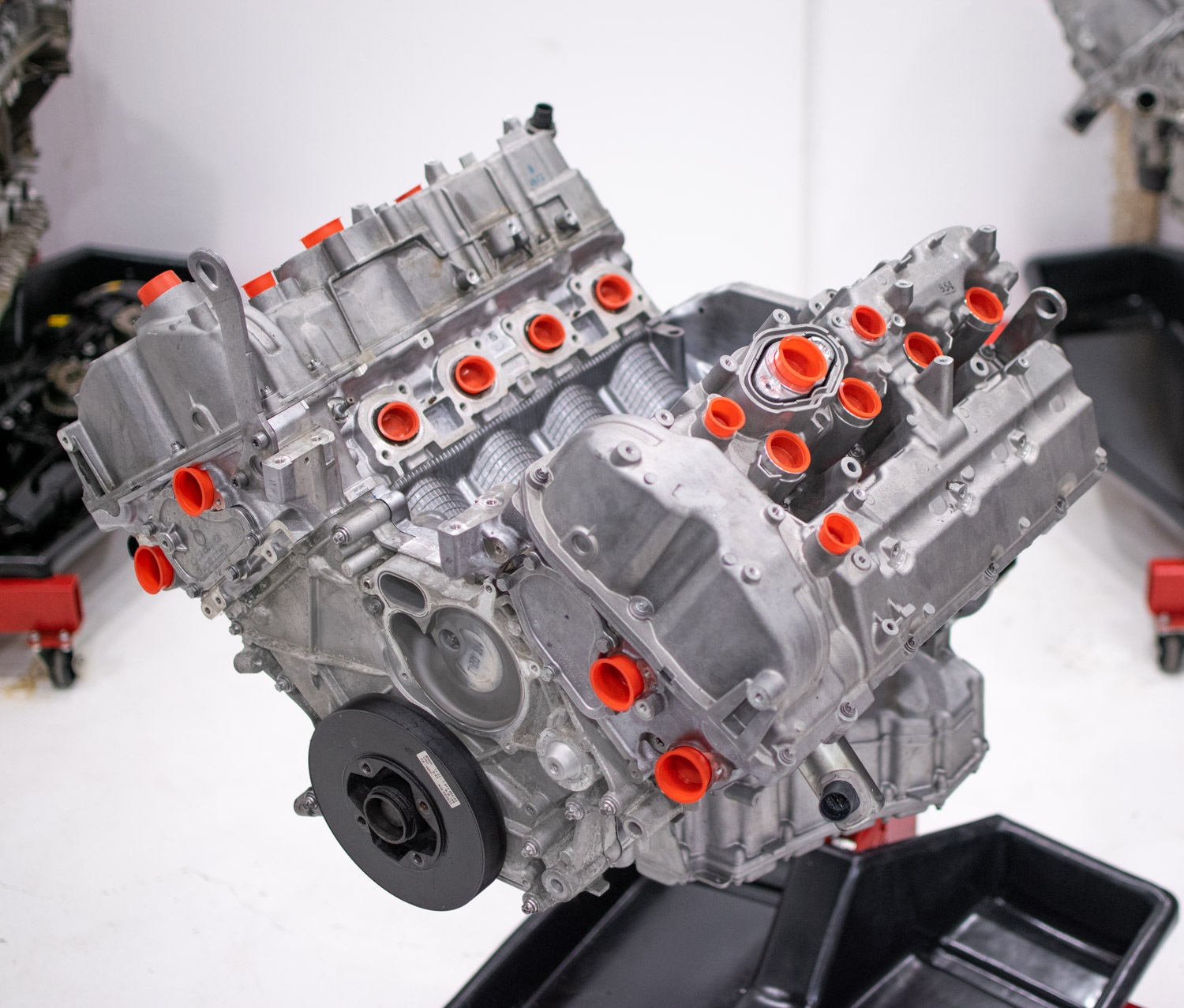The Evolution of the BMW Engine: A Recall at Iconic Designs
Wiki Article
Discovering the Advancement of Burning Engines in Modern Transportation Equipments
As we browse the landscape of modern-day transportation, the development of combustion engines stands as a testament to human resourcefulness and design prowess. The interplay of background, innovation, and ecological problems in forming the trajectory of combustion engines creates a narrative that is both insightful and engaging.Early Beginnings of Combustion Engines
Just how did the principle of burning engines initial emerge in the very early phases of transportation development? The origins of burning engines can be traced back to the 17th century when the concepts of inner combustion were very first checked out.The advancement moment included the creation of the very first effective gasoline-powered engine by Karl Benz in 1885 - bmw engine. This engine led the way for the advancement of the modern-day vehicle, revolutionizing transportation systems worldwide. Succeeding developments by Nikolaus Otto and Gottlieb Daimler additionally improved burning engine innovation, leading to the automation of automobiles and the fast expansion of the transport sector
These very early burning engines were defined by their simplicity and efficiency, laying the structure for the complex and powerful engines used in modern-day transportation systems. The development of burning engines has actually been crucial in shaping the method we travel and transfer products, noting a considerable turning point in the background of transport development.
Shift to Internal Combustion Innovation
The change to internal burning modern technology noted an essential shift in the development of transportation systems. This change started in the late 19th century, with developers like Nikolaus Otto and Gottlieb Daimler developing the initial effective interior combustion engines. These engines transformed transport by supplying an extra powerful and reliable option to heavy steam engines and electrical motors.Among the vital benefits of internal burning engines was their capacity to be reduced to suit lorries, causing the advancement of vehicles and bikes. This change from bulky, fixed engines to portable, mobile ones led the way for the contemporary transportation systems we see today.
The change to interior combustion technology likewise spurred innovations in gas technology, causing the development of fuel and diesel as key gas resources for cars. This shift not just made transport a lot more available to the masses but likewise laid the structure for the oil and gas industry to come to be important to global economies.
Effect of Combustion Engines on Transportation
The adoption of burning engines in transport systems militarized a profound shift in the effectiveness and speed of international mobility. Combustion engines revolutionized transportation by giving a flexible and reliable source of power for different cars, consisting of cars and trucks, ships, trucks, and airplanes. This advancement considerably improved the capacity for items and people to move over fars away in shorter period, causing increased connection between areas and nations.Furthermore, the extensive use burning engines has actually had a considerable effect on economic development. The capacity to transport items efficiently has actually stimulated profession and commerce, enabling services to broaden their markets and get to consumers worldwide. This has actually promoted economic growth and globalization, as products can now be moved quicker and in bigger amounts than ever in the past.
Nevertheless, the environmental effect of combustion engines can not be neglected. The burning of fossil gas has resulted in air pollution and greenhouse gas discharges, adding to environment modification and posturing health and wellness threats to populaces. bmw engine. Consequently, there is an expanding emphasis on establishing alternate propulsion technologies to minimize these adverse impacts and develop an extra sustainable future for transport
Developments in Combustion Engine Design
One remarkable advancement is the advancement of turbocharged engines, which utilize exhaust gases to drive a generator that compresses inbound air, permitting for more gas to be charred, resulting in increased power result without a significant increase in engine size. Variable shutoff timing systems have additionally transformed engine design by maximizing air flow at various engine speeds, boosting both power and efficiency. These developments jointly add to the constant renovation of combustion engines in more modern-day transport systems.Future Trends in Combustion Engine Advancement
With innovation advancements driving constant development, the future of combustion engine development is poised to reinvent transportation systems around the world. One of the key trends in burning engine growth is the press towards higher efficiency and reduced these details exhausts. Producers are investing greatly in research study and advancement to boost engine efficiency while meeting rigorous ecological guidelines. This includes the integration of innovative gas shot systems, boosted turbocharging techniques, and using light-weight products to enhance fuel intake and reduce carbon exhausts.An additional noticeable pattern is the fostering of hybrid innovations in burning engines. Crossbreed engines integrate traditional burning modern technology with electric power, offering improved gas efficiency and lower emissions. As the automobile industry changes in the direction of electrification, hybrid combustion engines are seen as a transitional solution that bridges the void in between traditional automobiles and fully electrical ones.
In addition, the integration of wise innovations, such as expert system and information analytics, is expected to play a considerable function in the future of burning engine growth. These technologies can maximize engine performance in real-time, bring about a lot more efficient combustion processes and enhanced general lorry performance. Embracing these future fads will not only drive development in burning engine advancement but additionally add to an extra ecologically pleasant and sustainable transportation ecological community.

Final Thought
In final thought, the advancement of combustion engines in modern transportation systems has been noted by substantial developments in modern technology and layout. From the very early starts of combustion engines to the shift to inner burning modern technology, these engines have had a profound influence on transportation.The roots of burning engines can be traced back to the 17th century when the concepts of inner burning were initial discovered. These engines transformed transportation by supplying a more powerful and effective option to vapor engines and electrical motors.

Report this wiki page